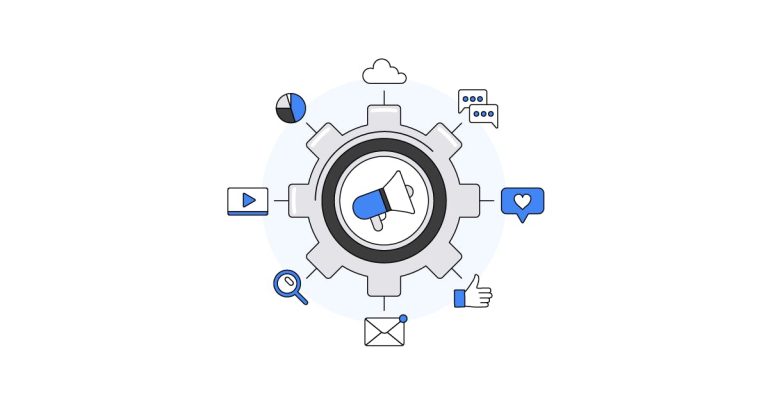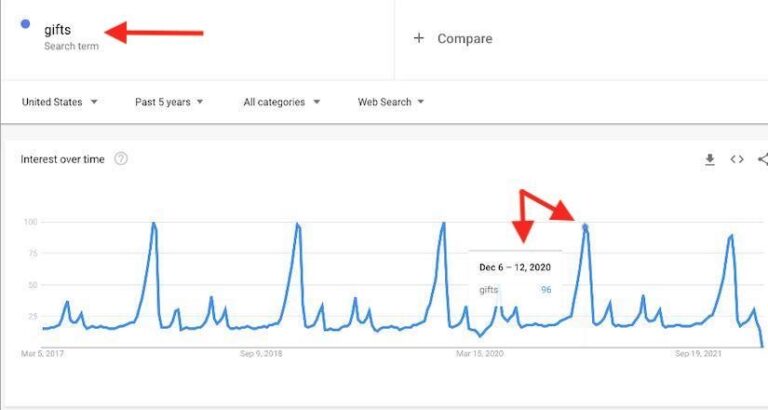“This is another great update to the Amazon Attribution toolkit, and what is most exciting to me is that through API integrations, it is possible for advertisers to view data and make optimizations based on that data in one central location, vs having to create combined or custom reporting.”
What is Amazon Attribution?
“To this point, it has only been available with Google Ads. Having a more simplified way to create tags, not only makes for a more efficient granular campaign set up but also better facilitates making more informed optimizations, making the tool all the more powerful. Advertisers with robust social campaigns should find this update particularly enabling.”
3 New Features for Amazon Attribution
Amazon Attribution is now available in the Amazon Advertising API, enabling brands to seamlessly view Amazon Attribution measurement within their tool provider’s familiar interface. This launch improves the experience for our advertisers by providing:
1. Bulk Operations Now Support Facebook Ads
According to Amazon, bulk operations for Facebook ads enable advertisers to automatically generate up to 8,500 Amazon Attribution measurement tags by uploading a single file containing campaign information. Once these tags have been generated, advertisers can download the file containing the tags for easy implementation, quickening the process for creating campaigns across Facebook, including ads on Instagram, Messenger, and Audience Network.
Amazon Attribution is a measurement solution that provides brands that sell on Amazon with sales impact analysis across media channels off Amazon. With on-demand reporting, Amazon attribution allows advertisers and brands to uncover the insights needed to optimize their media campaigns and grow product sales.
“We had long thought that Amazon Attribution was not capturing all conversions generated via Facebook and Instagram, as the user flow of logging into and then purchasing on Amazon via the Facebook browser, was an inferior experience to simply being directed to the Amazon Shopping app where ease of purchase is greatly heightened,” Brisco says.
According to Brisco, the API capability will ease the manner in which Amazon Attribution is set up as well as reported on by allowing users to execute Amazon Attribution tasks within the tool provider or self-built interfaces.
2. Enhanced In-app Social Measurement
Amazon has also improved their capabilities for social in-app measurement, allowing advertisers to report on conversions that occur for ads or posts clicked within an in-app social environment, as long as they happen during the standard 14-day attribution window. For more on Amazon Attribution, check out our recent guide.
“We expect this shift to increase conversion rates for mobile social traffic (which accounts for the vast majority of mobile traffic), thus making social to Amazon traffic more attributable and easy to demonstrate value. This has long been on our wishlist from a features perspective, and we are actively A/B testing the new capability to see if our hypothesis on CVR holds up.”
Amazon recently announced the introduction of several new features to help brands and advertisers measure the performance of their non-Amazon marketing strategies with Amazon Attribution.
3. Attribution API (beta)
Now Amazon Attribution-tagged mobile ad clicks within Facebook and Instagram will give users the prompt to open the destination within the Amazon Shopping app vs. opening within Facebook’s browser.
- Streamlined operations and campaign set up.
- A comprehensive and quantifiable view of on-Amazon performance for non-Amazon marketing campaigns, all within one familiar console. Advertisers can now view upper-funnel engagement metrics, like impressions and clicks, alongside lower-funnel metrics likes Add to Carts, detail page views, and sales on Amazon.
- Automated optimizations to help improve return on investment (ROI).
– Josh Brisco, Senior Director of Growth Media, Tinuiti
[September 2020 Update]




